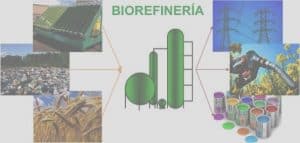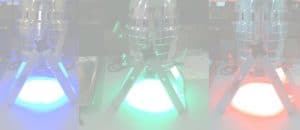In the past half century, the human being has experienced many changes due to its intelligence. Inconceivable milestones have been achieved in the field of technology, even exceeding the most implausible science fiction stories. The way we understand the world has changed, motivating our species to become more advanced and connected. But not in every aspect.
To take a case in point, the transport sector has remained immovable while watching other fields moving ahead at a staggering speed. To give a clear example, the means of transport we use these days are based on the same technology adopted fifty years ago. Against this background and realizing the imperative need for change, the fifth mode of transport is born: Hyperloop.
Hyperloop is a form of transport based on wagons with the size of current trains, that runs inside a tube in which the air has been previously extracted from. Thus, the capsule is not only capable of operating in reduced-pressure conditions but also doing it while levitating. By setting permanent magnets using electromagnets and taking advantage of the ferromagnetic properties of the tube, the wagon manages to levitate while going forward. Along these lines, the capsule is covered by an atmosphere where no resistance is applied, neither drag nor friction. With these conditions, Hyperloop is capable of propelling passengers and freight wagons at speeds of up to 1200 km per hour. Beyond this point, breaking the sound barrier could generate excessive instabilities, becoming more difficult to have a controlled environment around the capsule. The question now is: don’t we already have all these needs covered by airplanes?
Just imagine being able to travel at the speed of an airplane, combined with the facility and alacrity the train can offer. Hyperloop combines the most important features from both forms of transport. Therewith, Europe could be fully connected by a metro network similar to the ones used in the most important cities in the world. Travelling from one European city to another in less than an hour with the ease of a train journey is possiblewith Hyperloop.
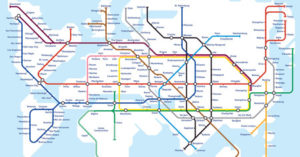
Figure 1. Theoretical proposal of the Hyperloop Network
Besides, Hyperloop only uses renewable energy sources in the propulsion and maintenance of the vehicles. This method is in line with the improvements that the world and its future sustainability challenges needs as well as committed with the environmental footprint. Hyperloop joins all these features together in a new means of transport. This is where Hyperloop UPV comes in, a team composed of 35 students from the Universidad Politécnica de Valencia, with the aim of developing functional prototypes of Hyperloop.
Hyperloop UPV has been participating in the ‘Hyperloop Pod Competition’ since the first contest took place three years ago. The goal is putting Hyperloop technology to the test with fully functional prototypes that run through the SpaceX Hyperloop track located in California, being this company the official organizer of the competition. Participants include the most important universities in the world, but only the best 20 contestants among 600 teams are given the opportunity to try their prototypes at SpaceX. Hyperloop UPV has won renowned international awards as the only Spanish team in the competition. These include the Best Overall Concept Design and the Best Propulsion System.
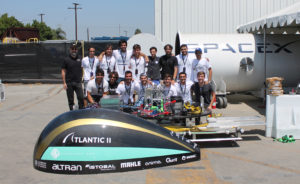
Figure 2. Hyperloop UPV team next to the Atlantic II at the SpaceX headquarters
The first prototype designed by Hyperloop UPV, Atlantic II, contains more than 150 neodymium magnets, the most powerful magnetic material known up until now. They are located in a specific way to create a magnetic field that repulses the aluminum rail, allowing the pod to levitate at certain speeds. The Atlantic II reaches speeds over 250 km per hour.
In July 2018, Hyperloop UPV competed again in the ‘Hyperloop Pod Competition III’, with the new prototype: Valentia. This prototype is four times more powerful than its predecessor, making it capable of reaching even higher speeds by applying Hyperloop-inspired solutions. With Valentia, Hyperloop UPV was again able to obtain a position in the top 10 teams in the world, each year more competitive as the technology advances in the Hyperloop context.
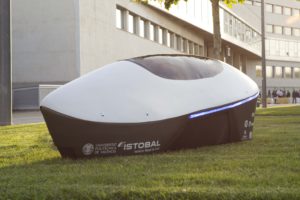
Figure 3. ‘Valentia’, Hyperloop UPV’s second prototype
Hyperloop is becoming more popular day after day, therefore a big step forward is expected to be taken soon into the implementation of Hyperloop in our society. Within a few years, Hyperloop will transform the way we move just like the internet changed the way we communicate.
By Javier Arroyo, member of Hyperloop UPV
You can find more info in their Facebook and Instagram profiles or Youtube channel.

